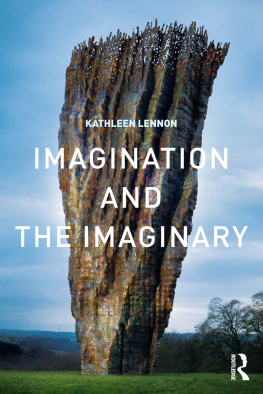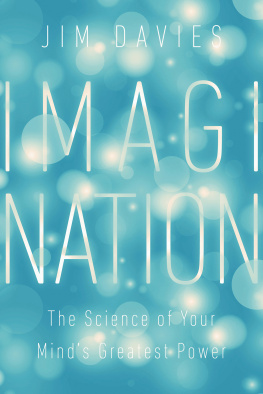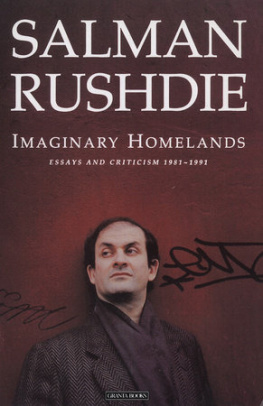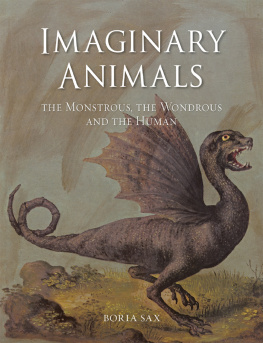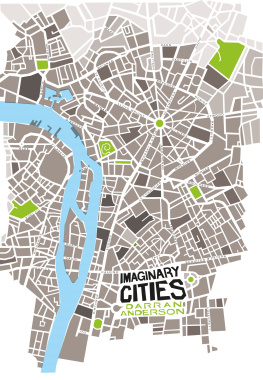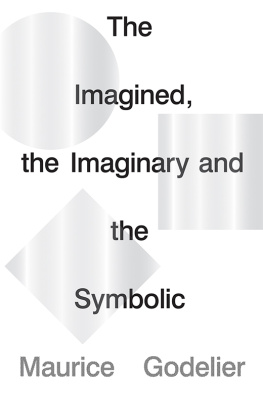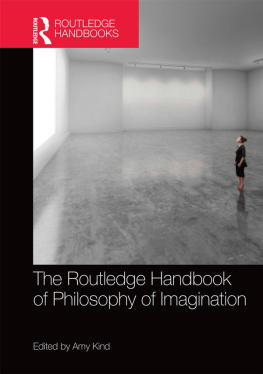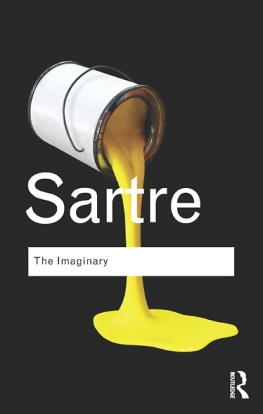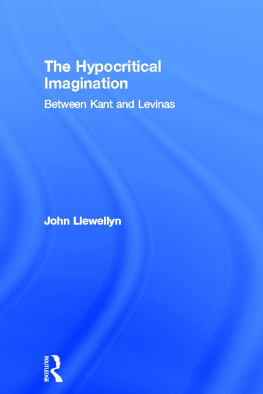Imagination and the Imaginary
The concept of the imaginary is pervasive within contemporary thought, yet can be a baffling and often controversial term. In Imagination and the Imaginary , Kathleen Lennon explores the links between imagination regarded as the faculty of creating images or forms and the imaginary, which links such imagery with affect or emotion and captures the significance which the world carries for us.
Beginning with an examination of contrasting theories of imagination proposed by Hume and Kant, Lennon argues that the imaginary is not something in opposition to the real, but the very faculty through which the world is made real to us. She then turns to the vexed relationship between perception and imagination and, drawing on Kant, Merleau-Ponty and Sartre, explores some fundamental questions, such as whether there is a distinction between the perceived and the imagined; the relationship between imagination and creativity; and the role of the body in perception and imagination. Invoking also Spinoza and Coleridge, Lennon argues that, far from being a realm of illusion, the imaginary world is our most direct mode of perception. She then explores the role the imaginary plays in the formation of the self and the social world.
A unique feature of the volume is that it compares and contrasts a philosophical tradition of thinking about the imagination running from Kant and Hume to Strawson and John McDowell with the work of phenomenological, psychoanalytic, poststructuralist and feminist thinkers such as Merleau-Ponty, Sartre, Lacan, Castoriadis, Irigaray, Gatens and Lloyd. This makes Imagination and the Imaginary essential reading for students and scholars working in phenomenology, philosophy of perception, social theory, cultural studies and aesthetics.
Kathleen Lennon is Professor of Philosophy in the School of Politics, Philosophy and International Studies at the University of Hull, UK. Her most recent publications include the co-authored books The World, the Flesh and the Subject (2005) and Theorizing Gender (2002), and the co-edited volume Embodied Selves (2013).
Imagination and the Imaginary
Kathleen Lennon
First published 2015
by Routledge
2 Park Square, Milton Park, Abingdon, Oxon OX14 4RN
and by Routledge
711 Third Avenue, New York, NY 10017
Routledge is an imprint of the Taylor & Francis Group, an informa business
2015 Kathleen Lennon
The right of Kathleen Lennon to be identified as the author of this work has been asserted by her in accordance with sections 77 and 78 of the Copyright, Designs and Patents Act 1988.
All rights reserved. No part of this book may be reprinted or reproduced or utilised in any form or by any electronic, mechanical, or other means, now known or hereafter invented, including photocopying and recording, or in any information storage or retrieval system, without permission in writing from the publishers.
Trademark notice : Product or corporate names may be trademarks or registered trademarks, and are used only for identification and explanation without intent to infringe.
British Library Cataloguing in Publication Data
A catalogue record for this book is available from the British Library
Library of Congress Cataloging in Publication Data
Lennon, Kathleen.
Imagination and the imaginary / by Kathleen Lennon. -- 1 [edition].
Includes bibliographical references and index.
1. Imagination (Philosophy) 2. Perception (Philosophy) I. Title.
B105.I49L46 2015
128'.3--dc23
2014030570
ISBN: 978-0-415-43092-0 (hbk)
ISBN: 978-1-315-73038-7 (ebk)
Typeset in Sabon
by Taylor & Francis Books
In memory of Margaret Whitford
In the sensible a certain rhythm of existence is put forward.
Maurice Merleau-Ponty
Contents
My interest in the imaginary was first fuelled by my friend Margaret Whitford in her groundbreaking work on the philosophy of Luce Irigaray, expounded initially at meetings of the Society of Women in Philosophy. I have also been much informed by the writings of Genevieve Lloyd and Moira Gatens, particularly by Moira's book Imaginary Bodies , and their joint writings on Spinoza since. Susan James has also been very helpful in informing me about Spinoza. In my early days at Oxford I encountered the pioneering work of Gabriele Taylor on the emotions, showing how our emotional life can be assessed, and made sense of; understood and not simply causally explained. This book is a continuation of those concerns. There I was also taught Kant by Peter Strawson, and have myself taught the first Critique throughout my academic career. I am grateful to my students for forcing clarity and constant re-evaluation of this text. Strawsons paper Imagination and Perception was also central in informing the thinking of this book. I was lucky to attend the lectures of John McDowell on the perception of moral value. These, together with his later writings, jolted me out of a naturalising slumber, and ultimately led to the questions addressed here. In the last ten years or so I have been much absorbed in phenomenology and, as will be evident from what follows, inspired by the work of Merleau-Ponty. The writings of Galen Johnson have been helpful in this. I owe a great debt to continual conversations with my friend and colleague Paul Gilbert whose breadth of reading, and subtlety of philosophical thought, have set the standard for me. Very special thanks are due to Rhiannon Goldthorpe for her careful and illuminating attention to my reading of Sartre; a reading also informed by the writings of Robert Denoon Cumming. I am also grateful to Ismay Barwell for perceptive interrogation of the ideas informing this book. Mary Warnocks 1976 book Imagination was an early model for this one. Comments from an anonymous Routledge reader were very helpful in improving the clarity of the book.
Kathleen Lennon, University of Hull, July 2014
Imagination and the imaginary
The concept of the imaginary is pervasive within contemporary writing concerning the self, the body and social groupings. The notion of the imaginary which is employed in this way may be broadly characterised as the affectively laden patterns/images/forms, by means of which we experience the world, other people and ourselves. This contemporary usage is distinguished most importantly by its constitutive linkage of imagery with affect , the emotions, feelings and desires which mark our engagement with the world. The images are the vehicles for such affect, the way in which it is given form. By means of these images the emotional contours of the subjects world are revealed. They are the way in which we not only think, but also feel our way around. This use is indebted particularly to the work of Lacan, Castoriadis, and Irigaray. is the domain of misrecognition and illusion, and it is a stage (moment) of development from which, although it remains in play, we move to the public Symbolic order. For him the Imaginary, initially an Imaginary of the self, is the illusion of a coherent and unified ego, which disguises from us the extent to which we are constituted by the working of the other within us (via the working of language, for example). For the other writers mentioned the imaginary, which extends beyond images of the self, is necessary for experience of any kind. Although we can criticise false and debilitating imaginaries, we cannot draw a sharp distinction between the imaginary and the symbolic, cognition and affect, between what is known and what is imagined. This will be the view defended here.

